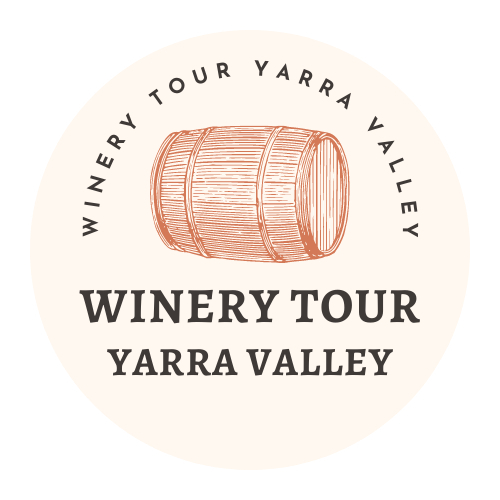What is it about the Yarra Valley that makes it justifiable for some of Australia’s and the world’s most coveted and sought-after wines to be produced there?
The Yarra Valley’s secret lies in a unique fusion of geography and history.
Climate
The Yarra Valley, widely regarded as Australia’s greatest cold-climate winemaking region, is truly chilly compared to the rest of the country.
The climate is perfect for producing cool-climate wines, with an average annual temperature range of 14°C in the winter to 26°C in the summer. This is somewhat cooler than Bordeaux and slightly warmer than Burgundy.
Even though it is warm and bright in the Yarra Wineries during the summer, it is the sudden decrease in temperature just before harvest that allows the wines to retain the sour, acidic, and tart flavors that make their chardonnays and sparkling wines so well-known.
Having said that, Yarra Wineries’ prowess in creating top-notch wine across a range of categories is one of its wonders. This is a result of a topographical terrain that is varied, with elevations ranging from 50 to 400 meters and corresponding variations in temperature and rainfall.
This leads the region’s soils to diverge from older, extremely friable, colorful volcanic soils that are descended from ancient mountain ranges, which is why you can clearly detect minor yet distinct changes and individual flavor when you visit different vineyards.
The warmer lower valley produces wines that are typically dry grown, have a greater openness, and are frequently accompanied by stronger and rounder fruit flavors. Upper valley regions, on the other hand, are shielded by the mountains from brisk northerly winds and receive more rainfall, generally producing wines of greater weight and structure.
This diversity contributes to the Yarra Wineries’ popularity as a destination for winery tours, where visitors may sample the region’s diverse soils and climates and identify them from one another.
The beauty of such diversity is a wine region where it is challenging to single out a single variety or star performance. While the Yarra Valley’s general colder temperature has long been renowned for producing sparkling wine and Chardonnay with award-winning balances of tartness and acidity, you can also discover nuanced Pinot Noir and world-class Cabernet Sauvignon and Shiraz coming out of this diverse and intriguing location.
History
Like in every notable wine location, the mythology passed down through generations of creative vintners and the rich viticultural history buried in the dirt frequently hold the keys to making fabulous and distinctive wine.
The first grapes were planted in the Yarra Valley, Victoria’s oldest wine region, in 1838, and viticulture has since spread widely throughout the area.
European winemakers began to see the possibilities of the distinctive environment of the Yarra Wineries as early as 1889, when Yering Station produced the only Southern Hemisphere Grand Prix winner at the Paris Exhibition.
Up until the 1930s, when all the vines were converted to pasture due to the economic downturn and the need for fortified wine, the Yarra Wineries had a rich history of Swiss, French, and other European vignerons prospering.
However, these illustrious winemakers had already begun to sow the seeds of a passionate viticulture that would resurface in the 1960s and continue in the direction of the development of “Australia’s most interesting wine tourism destination.”
It’s understandable that the Yarra Valley has earned such accolades given its extensive history and distinctive climate, as evidenced by the tens of thousands of tourists that visit there each year.
If you are in Flemington, Victoria 3031, and looking for a winery tour to Yarra Valley wineries or Mornington Peninsula wineries, this is the best way to visit us.
Winery Tour Yarra Valley
Unit 201/98 River Esplanade
Docklands, VIC 3008
(03) 7042 3201

